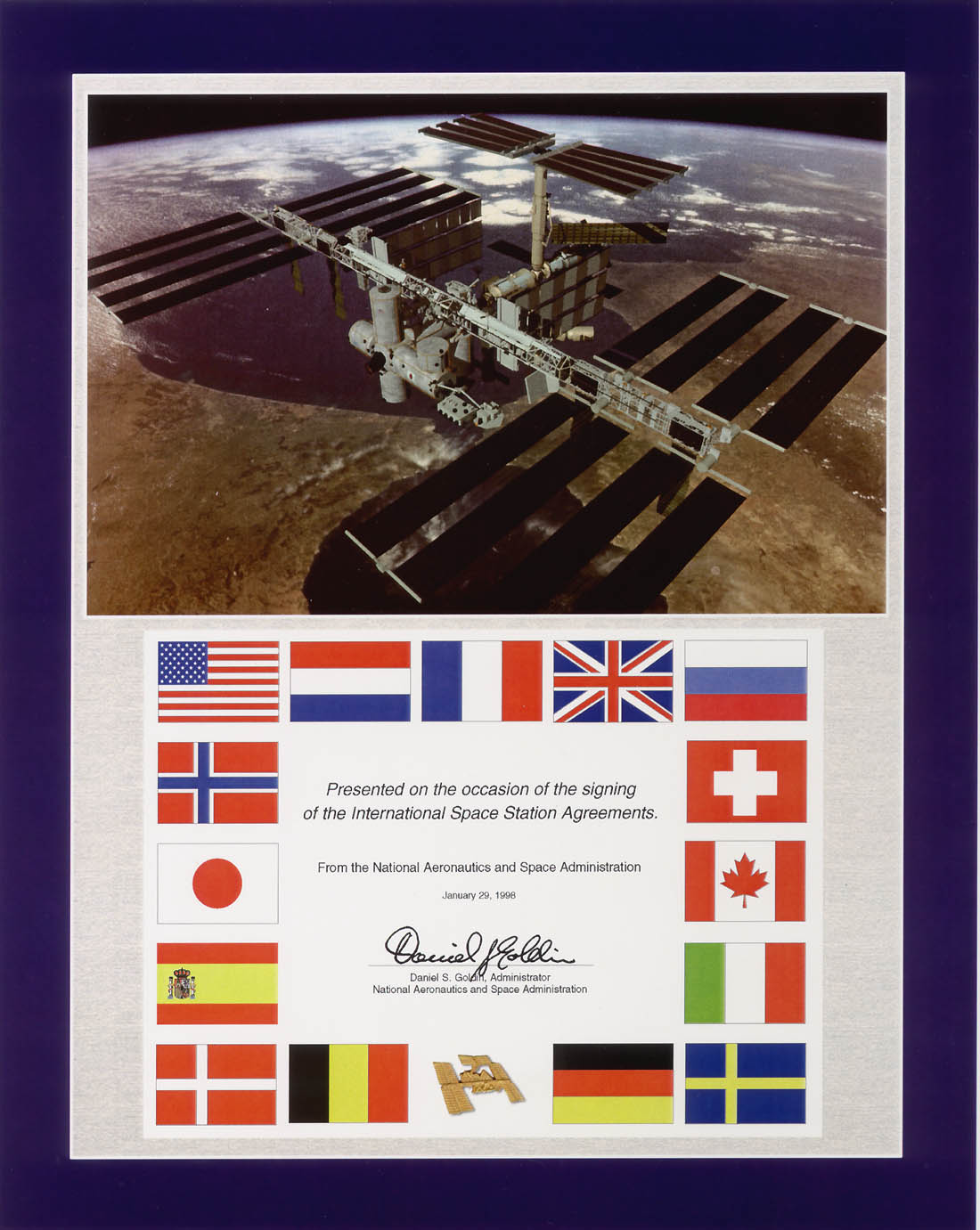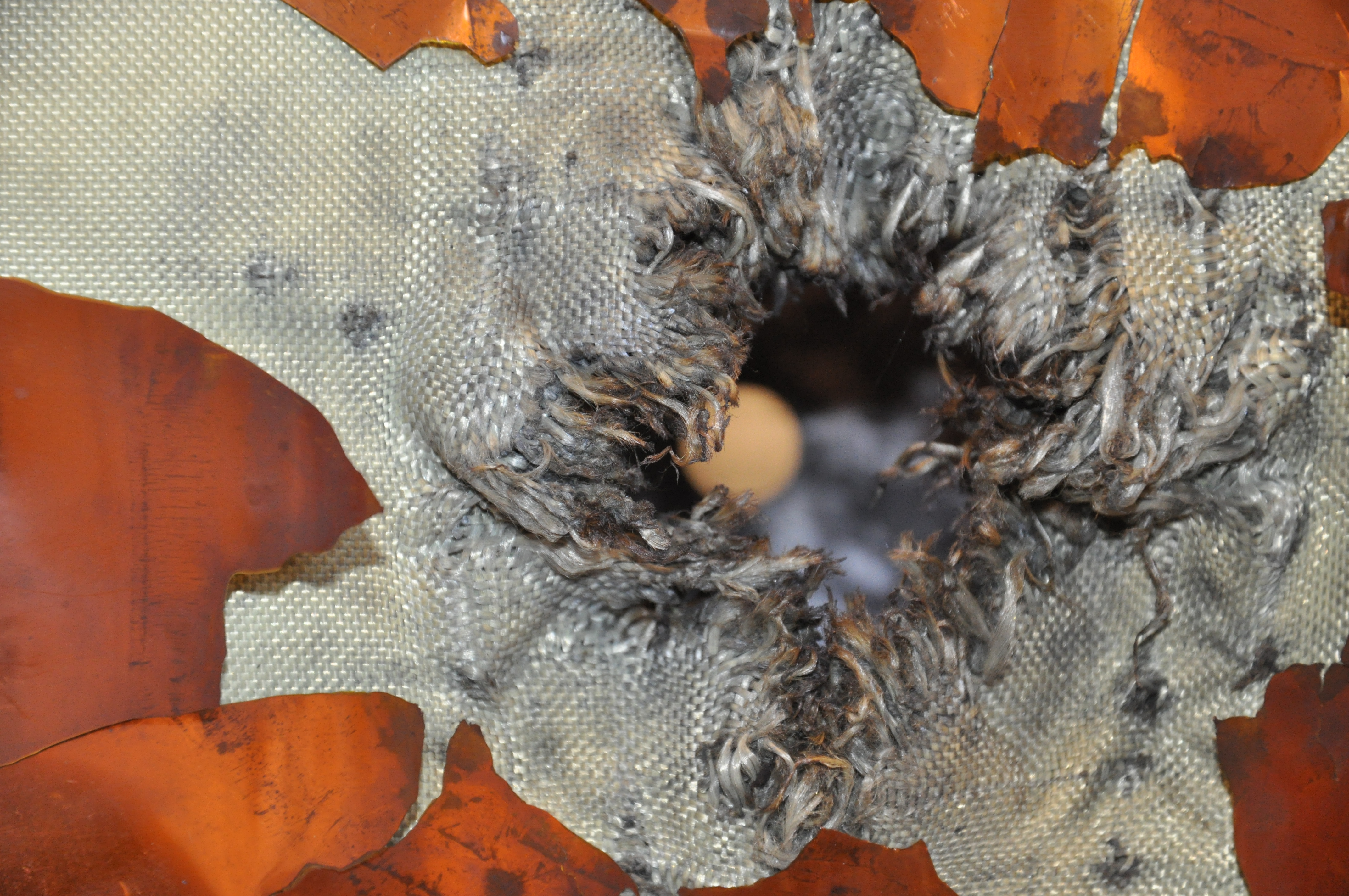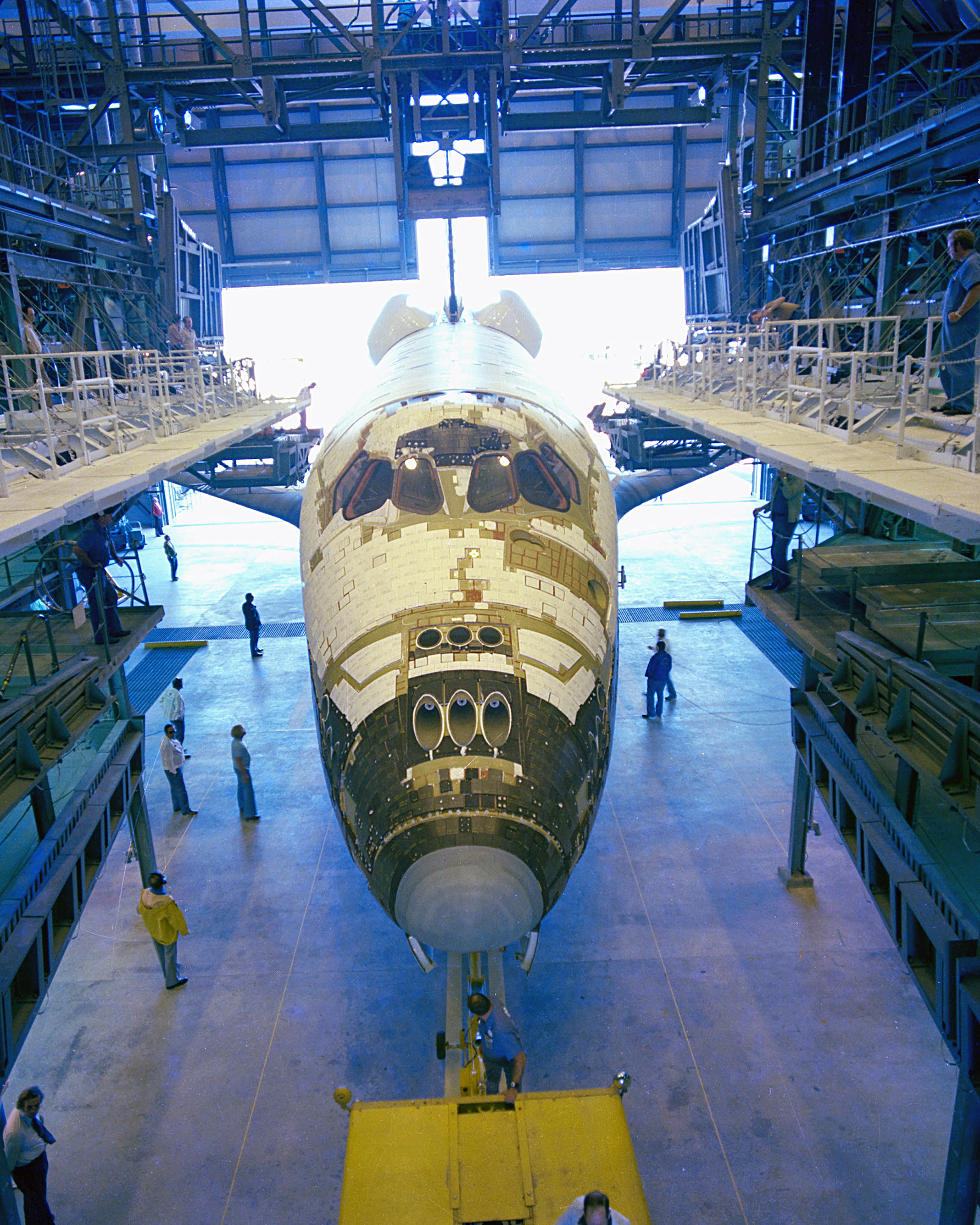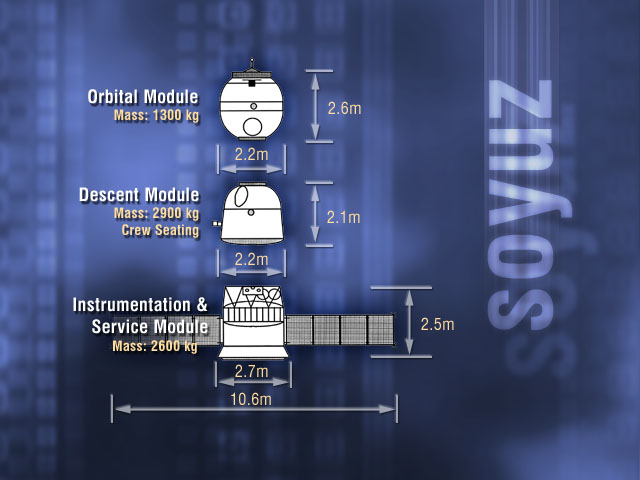|
International Space Station Program
The International Space Station programme is tied together by a complex set of legal, political and financial agreements between the fifteen nations involved in the project, governing ownership of the various components, rights to crewing and utilisation, and responsibilities for crew rotation and resupply of the International Space Station. It was conceived in September 1993 by the United States and Russia after 1980s plans for separate American ( ''Freedom'') and Soviet (''Mir-2'') space stations failed due to budgetary reasons. These agreements tie together the five space agencies and their respective International Space Station programmes and govern how they interact with each other on a daily basis to maintain station operations, from traffic control of spacecraft to and from the station, to utilisation of space and crew time. In March 2010, the International Space Station Program Managers from each of the five partner agencies were presented with Aviation Week's Laureate ... [...More Info...] [...Related Items...] OR: [Wikipedia] [Google] [Baidu] |
Canadian Space Agency
The Canadian Space Agency (CSA; ) is the national space agency of Canada, established in 1990 by the ''Canadian Space Agency Act''. The President of the Canadian Space Agency, president is Lisa Campbell (civil servant), Lisa Campbell, who took the position on September 3, 2020. The agency is responsible to the Minister of Innovation, Science and Industry, minister of innovation, science and industry. The CSA's headquarters are located at the John H. Chapman Space Centre in Longueuil, Quebec. The agency also has offices in Ottawa, Ontario, and small liaison offices in Houston, Washington, D.C., Washington, and Paris. History The origins of the Canadian upper atmosphere and space program can be traced back to the end of the World War II, Second World War. Between 1945 and 1960, Canada undertook a number of small launcher and satellite projects under the aegis of defence research, including the development of the Black Brant (rocket), Black Brant rocket as well as series of advance ... [...More Info...] [...Related Items...] OR: [Wikipedia] [Google] [Baidu] |
Automated Transfer Vehicle
The Automated Transfer Vehicle, originally Ariane Transfer Vehicle or ATV, was an expendable automated cargo spacecraft, cargo spacecraft developed by the European Space Agency (ESA), used for space cargo transport in 2008–2015. The ATV design was launched to orbit five times, exclusively by the Ariane 5 heavy-lift launch vehicle. It effectively was a larger European counterpart to the Russian Progress (spacecraft), Progress cargo spacecraft for carrying upmass to a single destination—the International Space Station (ISS)—but with three times the capacity. History The five ATVs were named after important European figures in science and engineering: ''Jules Verne ATV, Jules Verne'', ''Johannes Kepler ATV, Johannes Kepler'', ''Edoardo Amaldi ATV, Edoardo Amaldi'', ''Albert Einstein ATV, Albert Einstein'', and ''Georges Lemaître ATV, Georges Lemaître''. Following several delays to the program, the first of these was launched in March 2008. These ATVs performed supply mis ... [...More Info...] [...Related Items...] OR: [Wikipedia] [Google] [Baidu] |
Falcon 9
Falcon 9 is a Reusable launch system#Partial reusable launch systems, partially reusable, two-stage-to-orbit, medium-lift launch vehicle designed and manufactured in the United States by SpaceX. The first Falcon 9 launch was on June 4, 2010, and the first commercial resupply mission to the International Space Station (ISS) launched on October 8, 2012. In 2020, it became the first commercial rocket to launch humans to orbit. The Falcon 9 has been noted for its reliability and high launch cadence, with successful launches, two in-flight failures, one partial failure and one pre-flight destruction. It is the most-launched American orbital rocket in history. The rocket has two-stage-to-orbit, two stages. The first (booster) stage carries the second stage and payload to a predetermined speed and altitude, after which the second stage accelerates the payload to its target orbit. The Booster (rocketry), booster is capable of Vertical takeoff, vertical landing, landing vertically to fa ... [...More Info...] [...Related Items...] OR: [Wikipedia] [Google] [Baidu] |
Soyuz (rocket)
The Soyuz (, meaning "union", GRAU index 11A511) was a Soviet expendable carrier rocket designed in the 1960s by OKB-1 and manufactured by State Aviation Plant No. 1 in Kuybyshev, Soviet Union. It was commissioned to launch Soyuz spacecraft as part of the Soviet human spaceflight program, first with eight uncrewed test flights, followed by the first 19 crewed launches. The original Soyuz also propelled four test flights of the improved Soyuz 7K-T capsule between 1972 and 1974. It flew 30 successful missions over ten years and suffered two failures. The Soyuz 11A511 type, a member of the R-7 family of rockets, first flew in 1966 and was an attempt to standardize the R-7 family and get rid of the variety of models that existed up to that point. It was basically a Molniya 8K78M without the Blok L stage. It featured the 8D74M RD-107 and the RD-110 engines from the 8K78M, The new, uprated core stage and strap-ons became standard for all R-7 derived launch vehicles to replace ... [...More Info...] [...Related Items...] OR: [Wikipedia] [Google] [Baidu] |
Space Shuttle
The Space Shuttle is a retired, partially reusable launch system, reusable low Earth orbital spacecraft system operated from 1981 to 2011 by the U.S. National Aeronautics and Space Administration (NASA) as part of the Space Shuttle program. Its official program name was the Space Transportation System (STS), taken from the 1969 plan led by U.S. vice president Spiro Agnew for a system of reusable spacecraft where it was the only item funded for development. The first (STS-1) of four orbital test flights occurred in 1981, leading to operational flights (STS-5) beginning in 1982. Five complete Space Shuttle orbiter vehicles were built and flown on a total of 135 missions from 1981 to 2011. They launched from the Kennedy Space Center (KSC) in Florida. Operational missions launched numerous satellites, interplanetary probes, and the Hubble Space Telescope (HST), conducted science experiments in orbit, participated in the Shuttle–Mir program, Shuttle-''Mir'' program with Russia, ... [...More Info...] [...Related Items...] OR: [Wikipedia] [Google] [Baidu] |
Proton (rocket Family)
Proton (, formal designation: UR-500) is an expendable launch system used for both commercial and Russian government space launches. The first Proton rocket was launched in 1965. Modern versions of the launch system are still in use , making it one of the most successful heavy boosters in the history of spaceflight. The components of all Protons are manufactured in the Khrunichev State Research and Production Space Center factory in Moscow and Chemical Automatics Design Bureau in Voronezh, then transported to the Baikonur Cosmodrome, where they are assembled at Site 91 to form the launch vehicle. Following payload integration, the rocket is then brought to the launch pad horizontally by rail, and raised into vertical position for launch. As with many Soviet rockets, the names of recurring payloads became associated with the launch vehicle itself. The moniker "Proton" originates from a series of similarly named scientific satellites, which were among the rocket's first payloads ... [...More Info...] [...Related Items...] OR: [Wikipedia] [Google] [Baidu] |
CST-100 Starliner
The Boeing Starliner (or CST-100) is a spacecraft designed to transport crew to and from the International Space Station (ISS) and other low-Earth-orbit destinations. Developed by Boeing under NASA's Commercial Crew Program (CCP), it consists of a reusable crew capsule and an expendable service module. Slightly larger than the Apollo command module or SpaceX Crew Dragon, but smaller than the Orion capsule, the Starliner can accommodate a crew of up to seven, though NASA plans to fly no more than four. It can remain docked to the ISS for up to seven months and is launched on an Atlas V N22 rocket from Cape Canaveral Space Launch Complex 41 in Florida. In 2014, NASA awarded Boeing a US$4.2 billion fixed-price contract to develop and operate Starliner, while SpaceX received $2.6 billion to develop and operate Crew Dragon. By February 2025, Boeing's effort had exceeded its budget by at least $2billion. Originally planned to be operational in 2017, Starliner has been repeatedly ... [...More Info...] [...Related Items...] OR: [Wikipedia] [Google] [Baidu] |
Crew Dragon
Dragon 2 is a class of partially reusable spacecraft developed, manufactured, and operated by the American space company SpaceX for flights to the International Space Station (ISS) and private spaceflight missions. The spacecraft, which consists of a reusable space capsule and an expendable Service module, trunk module, has two variants: the 4-person Crew Dragon and Cargo Dragon, a replacement for the SpaceX Dragon 1, Dragon 1 cargo capsule. The spacecraft launches atop a Falcon 9 Block 5 rocket, and the capsule returns to Earth through splashdown. Crew Dragon's primary role is to transport crews to and from the ISS under NASA's Commercial Crew Program, a task handled by the Space Shuttle until it was Retirement of the Space Shuttle, retired in 2011. It will be joined by Boeing Starliner, Boeing's Starliner in this role when NASA certifies it. Crew Dragon is also used for commercial flights to ISS and other destinations and is expected to be used to transport people to and fr ... [...More Info...] [...Related Items...] OR: [Wikipedia] [Google] [Baidu] |
Soyuz (spacecraft)
Soyuz () is a series of spacecraft which has been in service since the 1960s, having made more than 140 flights. It was designed for the Soviet space program by the Korolev Design Bureau (now Energia (corporation), Energia). The Soyuz succeeded the Voskhod spacecraft and was originally built as part of the Soviet crewed lunar programs. It is launched atop the similarly named Soyuz (rocket family), Soyuz rocket from the Baikonur Cosmodrome in Kazakhstan. Following the Soviet Union's dissolution, Roscosmos, the Russian space agency, continued to develop and utilize the Soyuz. Between the Space Shuttle retirement, Space Shuttle's 2011 retirement and the SpaceX Crew Dragon's 2020 debut, Soyuz was the sole means of crewed transportation to and from the International Space Station, a role it continues to fulfill. The Soyuz design has also influenced other spacecraft, including China's Shenzhou (spacecraft), Shenzhou and Russia's Progress (spacecraft), Progress cargo vehicle. The Soyu ... [...More Info...] [...Related Items...] OR: [Wikipedia] [Google] [Baidu] |
Space Shuttle Orbiter
The Space Shuttle orbiter is the spaceplane component of the Space Shuttle, a partially reusable launch system, reusable orbital spaceflight, orbital spacecraft system that was part of the discontinued Space Shuttle program. Operated from 1981 to 2011 by NASA, the U.S. space agency, this vehicle could carry astronauts and payloads into low Earth orbit, perform in-space operations, then atmospheric entry, re-enter the atmosphere and land as a glider aircraft, glider, returning its crew and any on-board payload to the Earth. Six orbiters were built for flight: ''Space Shuttle Enterprise, Enterprise'', ''Space Shuttle Columbia, Columbia'', ''Space Shuttle Challenger, Challenger'', ''Space Shuttle Discovery, Discovery'', ''Space Shuttle Atlantis, Atlantis'', and ''Space Shuttle Endeavour, Endeavour''. All were built in Palmdale, California, by the Pittsburgh, Pennsylvania-based Rockwell International company's North American Aircraft Operations branch. The first orbiter, ''Enterpris ... [...More Info...] [...Related Items...] OR: [Wikipedia] [Google] [Baidu] |
International Space Station
The International Space Station (ISS) is a large space station that was Assembly of the International Space Station, assembled and is maintained in low Earth orbit by a collaboration of five space agencies and their contractors: NASA (United States), Roscosmos (Russia), European Space Agency, ESA (Europe), JAXA (Japan), and Canadian Space Agency, CSA (Canada). As the largest space station ever constructed, it primarily serves as a platform for conducting scientific experiments in microgravity and studying the space environment. The station is divided into two main sections: the Russian Orbital Segment (ROS), developed by Roscosmos, and the US Orbital Segment (USOS), built by NASA, ESA, JAXA, and CSA. A striking feature of the ISS is the Integrated Truss Structure, which connect the station’s vast system of solar panels and Spacecraft thermal control, radiators to its pressurized modules. These modules support diverse functions, including scientific research, crew habitation, ... [...More Info...] [...Related Items...] OR: [Wikipedia] [Google] [Baidu] |
SpaceX Dragon 2
Dragon 2 is a class of partially reusable spacecraft developed, manufactured, and operated by the American space company SpaceX for flights to the International Space Station (ISS) and private spaceflight missions. The spacecraft, which consists of a reusable space capsule and an expendable Service module, trunk module, has two variants: the 4-person Crew Dragon and Cargo Dragon, a replacement for the SpaceX Dragon 1, Dragon 1 cargo capsule. The spacecraft launches atop a Falcon 9 Block 5 rocket, and the capsule returns to Earth through splashdown. Crew Dragon's primary role is to transport crews to and from the ISS under NASA's Commercial Crew Program, a task handled by the Space Shuttle until it was Retirement of the Space Shuttle, retired in 2011. It will be joined by Boeing Starliner, Boeing's Starliner in this role when NASA certifies it. Crew Dragon is also used for commercial flights to ISS and other destinations and is expected to be used to transport people to and fr ... [...More Info...] [...Related Items...] OR: [Wikipedia] [Google] [Baidu] |







